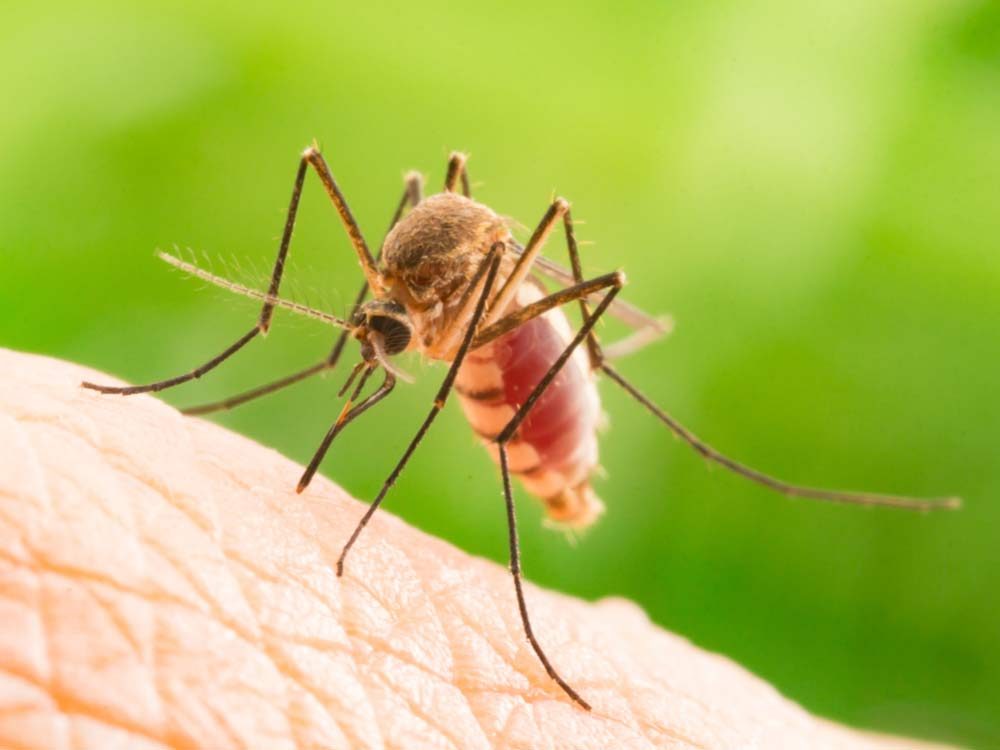
What’s Wrong with Me?
The patient: Georgia, a 29-year-old office manager in London, U.K.
The symptom: Infected insect bite
The doctor: Dr. Diana Lockwood, a consultant in infectious diseases at the UCLH Hospital for Tropical Diseases in London.
In November 2015, Georgia returned from a two-week holiday in Peru and noticed an itchy insect bite, about the size of the eraser on a pencil, on her left calf. She slathered it with aloe vera, then tried to forget about it. Instead of going away, the bite got bigger and more inflamed. It was red and puffy, so Georgia went to see her family doctor, who thought it was an infected mosquito bite. But after two weeks of broad-spectrum antibiotics, the wound was no better. The doctor prescribed a second two-week course of the same medicine, without results.
Georgia was beginning to worry. The ulcer was still growing (it was now the size of a quarter) and had started oozing pus. Considering the patient’s recent ravel history and the fact the sore hadn’t responded to treatment, her doctor referred her to the Hospital for Tropical Diseases, part of the University College London Hospitals system.
There, Georgia saw Dr. Diana Lockwood, who examined the ulcer, noting that the edges were raised, firm and inflamed.
Here are the 10 Worst Places in Canada for Mosquitoes.

The Diagnosis
Noting those details about the ulcer, Lockwood suspected cutaneous leishmaniasis, a parasite transmitted by sandflies. She did a punch skin biopsy, using a circular tool to remove a very small, tube-shaped piece of skin and underlying tissue, and sent the sample off to the lab. Two weeks later, her diagnosis was confirmed by a lab technician who could see the parasite under the microscope. Another lab test was able to identify the bug’s DNA in the tissue sample.
“I see this type of infection quite regularly when I examine ulcers,” Lockwood says, adding that there are many species of the parasite, which fall into two categories: those found in the Old World (Asia, Africa, southern Europe and the Middle East) and those found in the New World (Mexico, Central America and South America). There are up to 1 million new cases of cutaneous leishmaniasis worldwide annually, originally caused by an insect bite.
Infections caused by Old World leishmaniasis typically resolve on their own, although it may take up to a year. Those caused by New World species, meanwhile, can make their way through the bloodstream and destroy tissue in the nose and larynx, potentially leading to scarring or disfigurement (this usually takes several months). Georgia had the latter. An avid birdwatcher, she was likely bitten while hiking. The sandfly is found in wooded areas (not beaches), and the risk of a bite is highest from dusk to dawn because the flies typically feed at night and during twilight hours. Georgia doesn’t recall being bitten. Sandflies are just one-third the size of mosquitoes, and don’t make any noise.
Plus: 10 Reasons Why You’re Always Getting Bitten by Mosquitoes

The Treatment
After her diagnosis, Georgia went back to the hospital each day to have sodium stibogluconate injected into her bloodstream, which kills the parasite. The treatment takes 21 days. The sole side effect of the injections is general muscle stiffness; the patient found she had difficulty playing tennis as a result. “You feel a bit poisoned afterwards,” Lockwood says.
Halfway through the treatment, Georgia noticed that the ulcer from the insect bite was finally beginning to heal. By the time she had her last injection, the ulcer had disappeared completely, though she’ll always have a loonie-size scar. She also had to return to the hospital three, six and 12 months after the end of treatment to ensure the parasite was eradicated and the ulcer hadn’t resurfaced. Had the parasite survived, Georgia would have undergone an additional course of injections.
The best protection from sandfly bites is the liberal and regular application of an insect repellent that contains DEET, Lockwood says. “It’s important to be aware that sandfly bites are common, and the parasite they carry affects numerous people each year,” she says. “If you’ve been travelling and notice a bite that looks infected, you should see a tropical disease specialist right away.”
Check out 12 More Mysterious and Terrifying Symptoms—Diagnosed!